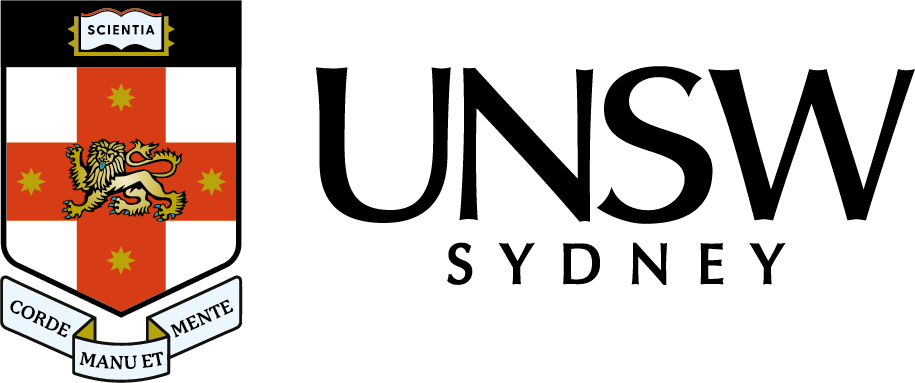Full description
The one-step electrochemicalfabrication of 3D-nano-porous goldfilms (NPGFs) was optimised to function as a Surface Enhanced Raman Spectroscopy (SERS) substrate at 785 nm by a central composite experimental design. The concentration of the acid electrolyte (HCl), the potential step time, and the interaction between the acid concentration and the step time all had significant influence on the SERS intensity. The substrate with an optimum SERS intensity of the 1610 cm - 1 band from 1,4-benzenedimethanethiol, which was self-assembled on the surface, was fabricated by applying 1.4 V (v Ag|AgCl|3.0 M NaCl) from open circuit potential for 50 s in 2.0 M HCl. The optimised 3D-NPGF substrates have highly uniform coverage of gold nanopores that leads to homogenous SERS intensities across 1000 μm2 of surface.Issued: 2013
Data time period: 2010-03-05
Subjects
Analytical Chemistry |
Analytical Chemistry Not Elsewhere Classified |
Analytical Spectrometry |
Chemical Sciences |
Nanotechnology |
Nanomaterials |
Technology |
User Contributed Tags
Login to tag this record with meaningful keywords to make it easier to discover
Identifiers
- DOI : 10.26190/UNSWORKS/1404

- Handle : 1959.4/004_373



